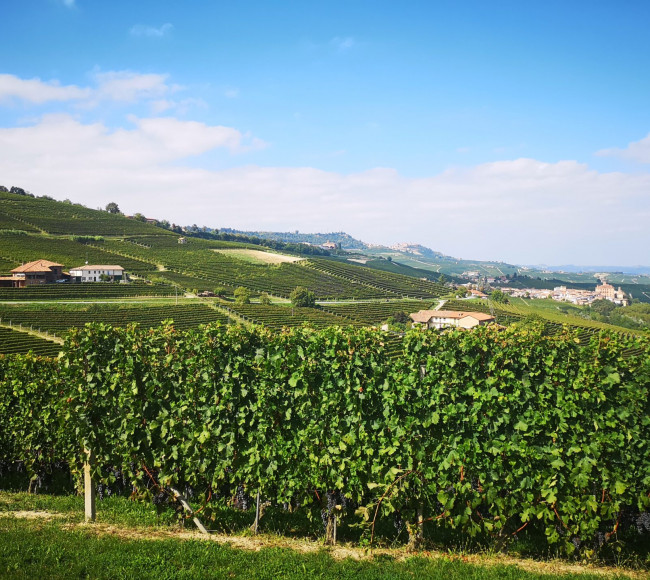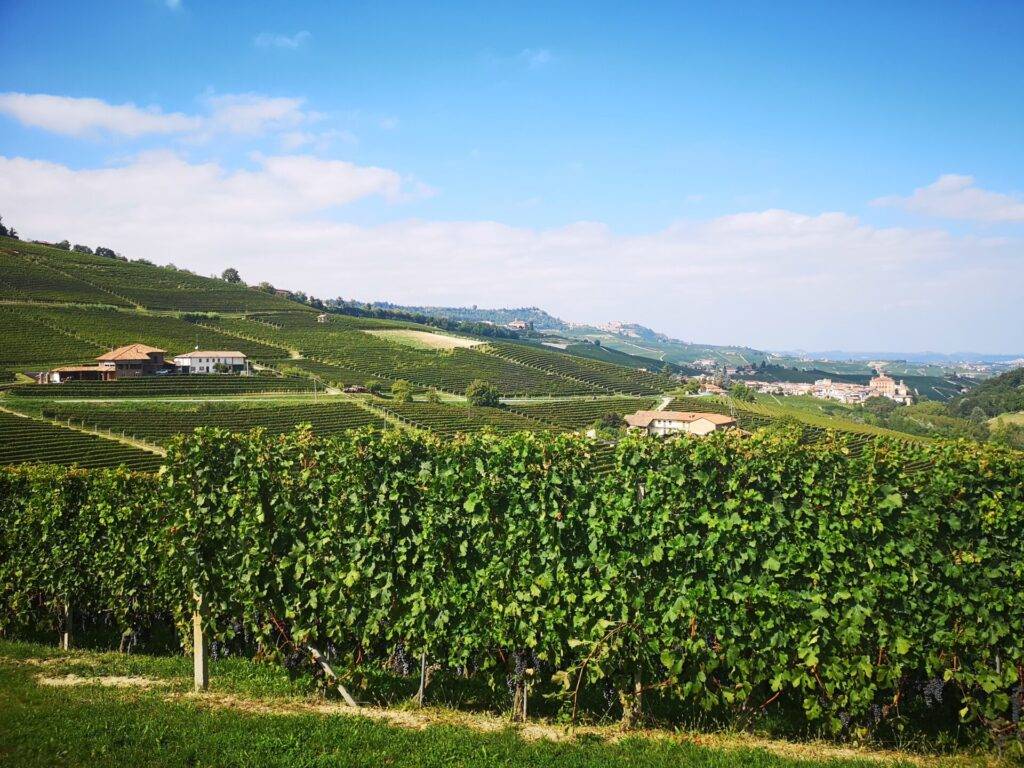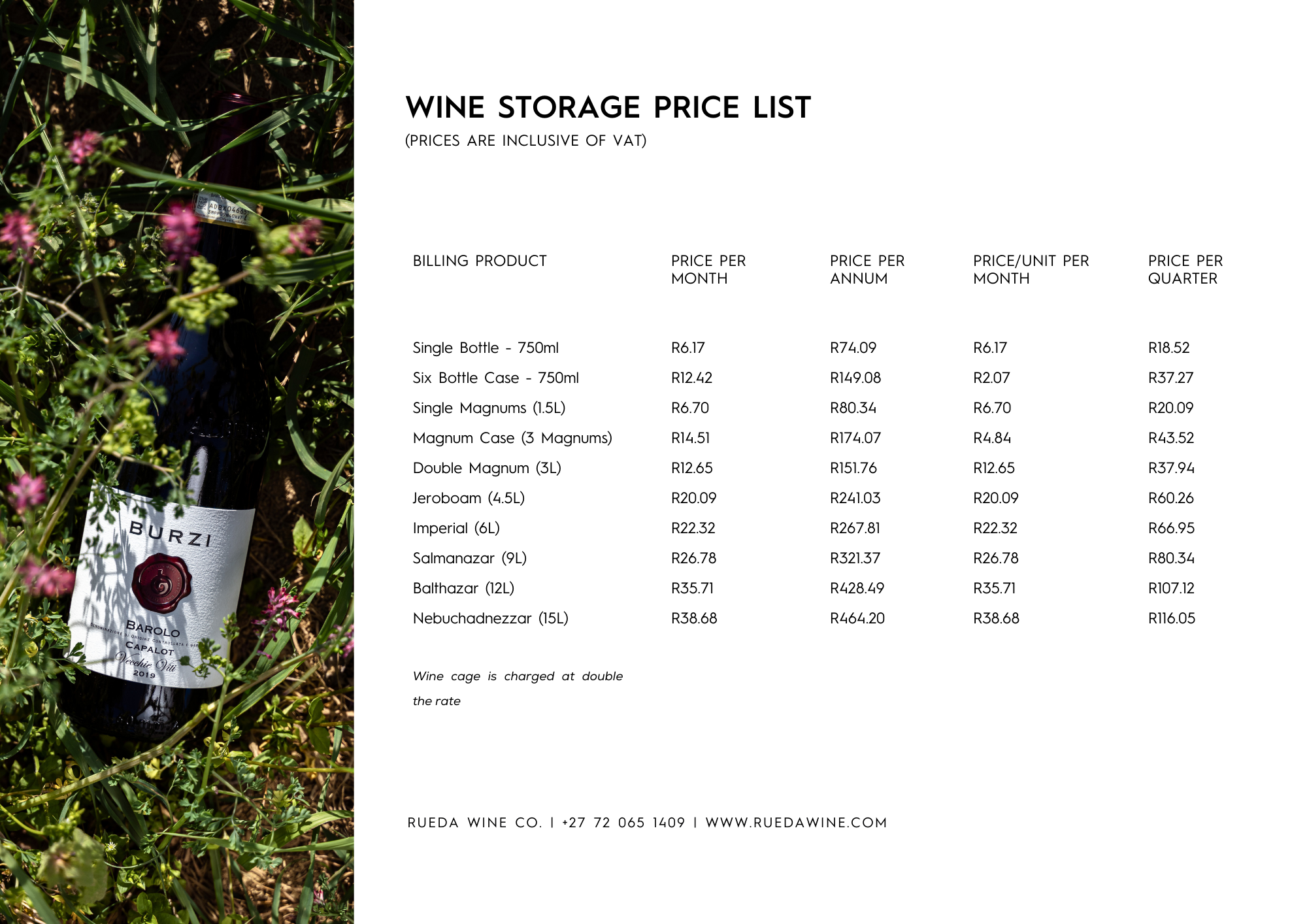
Piedmont, located in the north-western part of Italy, is one of the most famous wine-producing regions in the world. It is renowned for its full-bodied, robust red wines and is home to two of Italy’s most prestigious wine regions: Barolo and Barbaresco. These two wine regions have a long history, dating back to the 19th century, and have made Piedmont a household name in the world of wine. In this blog-post, we will explore the history of Piedmont, the production of Barolo and Barbaresco, and what makes Piedmont unique compared to other wine-producing regions.
Piedmont’s wine-making history dates back to ancient Roman times, with the first recorded reference to the region’s wines being made in the 2nd century BC. Over the centuries, the wine-making tradition has evolved, and Piedmont has established itself as one of the most renowned wine-producing regions in the world. The region is well known for its Nebbiolo grape, which is the main grape used to produce Barolo and Barbaresco. The vineyards of Barolo and Barbaresco are situated in the rolling hills of the Langhe, and the soil is rich in minerals and clay, which provides the perfect conditions for growing the Nebbiolo grape.

Barolo and Barbaresco are two of Piedmont’s most famous appellations, and they are known for producing some of the world’s rarest and finest red wines. Barolo, known as the “King of Wines” or the “Wine of Kings”, is known for its full-bodied, high acid, robust and tannic wines. It is produced in the Barolo DOCG region, located in the heart of the Langhe hills. The wine is made from 100% Nebbiolo grapes and is aged for at least two years in oak barrels – depending on the style either old, large format, usually Slovenian Oak “botti” or 225L Bordelaise French Oak Barriques – producing a wine with a deep ruby colour, a complex bouquet of aromas, and a rich flavour profile. The tannins are firm, but well-integrated, giving the wine a long finish. Barolo is known for its elegance, balance, and aging potential, and it is often compared to the finest red wines of Bordeaux.
Barbaresco, on the other hand, is known for its lighter, more delicate wines compared to Barolo. It is produced in the Barbaresco DOCG region, which is located just south of the Barolo region. The wine is made from 100% Nebbiolo grapes and is aged for at least two years in oak barrels – same rules apply with old style vs. new style. The wine has as a rule of thumb has usually a lighter colour than Barolo and a more delicate bouquet and flavour profile. The tannins are firm, but less aggressive than in Barolo, giving the wine a lighter, more delicate finish. Despite its lighter style, Barbaresco is still known for its elegance and aging potential, and it is often compared to the finest red wines of Burgundy.
Neither of the above rules can be applied without question and universally. There are exceptions to the rules and one should explore themselves to find out which producers and styles of Barolo and Barbaresco they enjoy.
Over the years, Piedmont has produced many famous producers, and there are several that are considered the “grand dames” of the region. These producers include Giacomo Conterno, Gaja, and Giuseppe Mascarello, amongst others, who have helped to establish the reputation of Piedmont as a top-quality wine-producing region.
Giacomo Conterno, established in the early 20th century, is known for its traditional winemaking techniques and its flagship Barolo Monfortino, which is often considered one of the finest wines in the world.
Gaja, established in the mid-19th century, is known for its innovative winemaking techniques and its commitment to sustainability. Gaia Gaja, affectionately known as the “Queen of Barbaresco” is the current proprietor and head of the Gaja winery. There she produces some of the finest Barbarescos in the region.
Giuseppe Mascarello, established in the early 20th century, is known for its traditional winemaking techniques and its flagship Barolo Monprivato, which is considered one of the finest Barolos.
These producers have helped to establish the reputation of Piedmont as a top-quality wine-producing region and have set the standard for the rest of the industry.
However, alongside the legendary producers listed above, there is a fantastic and forward thinking set of new, “young-guns” paving the way into the future for both the Barolo and Barbaresco appellations. Focusing on floral and fruit forward wines, with gentle tannins management. This should not fool you for wines that “won’t age”, they are wines of elegance, depth and subtle power. There are some truly magnificent examples coming from producers such as LaLu and Bricco Ernesto, amongst others.
What makes Piedmont unique compared to the rest of the world is its rich history, traditions, and the terroir of the Langhe hills. The Langhe hills provide the perfect conditions for growing the Nebbiolo grape, which is the heart and soul of Barolo and Barbaresco. The combination of the climate, soil, and the Nebbiolo grape creates a wine that is not only rich in flavour and complexity, but also producing singular and unique wines the world over. Piedmont also has a rich cultural heritage, and the wine-making traditions of the region have been passed down from generation to generation. This has allowed the region to maintain its unique character and to produce wines that are truly representative of Piedmont.
Piedmont is a region that truly embodies the art of winemaking and the beauty of Italy. It is a region that all wine lovers should visit at least once in their lifetime.
JOIN THE RUEDA WINE CO. COMMUNITY

